Partridge Feather Glaze: The Spotted Beauty of Jian Zhan Ceramics

Among the diverse finishes found in Jian Zhan wares, the partridge feather glaze—known as Zhègū yòu (鹧鸪釉) in Chinese—is one of the most visually striking and culturally evocative. Historical texts describe it as featuring clusters of metallic spots over a deep black background, resembling the speckled chest feathers of the local partridge bird after which the glaze is named. These silvery or golden oval dots shimmer under light and evoke a feeling of both randomness and harmony.

A classic partridge feather bowl features a dark, lustrous surface overlaid with layered ovoid speckles that vary in size and brightness. The dots may appear white, silver, or golden, depending on firing conditions. They typically group together in naturalistic clusters, separated by subtle ridges or trenches, creating a sense of organic layering not unlike the plumage of a living bird.

How the Glaze Is Formed: A Balance of Heat and Chemistry
The formation of partridge feather glaze is highly sensitive to both kiln temperature and glaze thickness. The ideal firing range lies within a narrow band of just 10–20°C. If the temperature falls below this threshold, air bubbles cannot escape the glaze, preventing the formation of the speckles. Conversely, if the temperature exceeds this range, the already-formed iron-rich glaze zones break down, and the characteristic pattern is lost entirely.

When fired at optimal conditions, neighboring crystalline grains begin to aggregate under the influence of interfacial energy. The boundaries between these grains become visible, creating the signature metallic droplets. However, if the kiln is overheated, the energy can overwhelm the grain boundaries, causing different crystal phases to merge—a phenomenon known as overfiring or “burning the glaze.”
Such overfiring may result in blurred or fused speckles, often described by artisans as “melted” or “burnt” glaze. If the crystal boundaries misalign, the resulting droplets may develop rough edges, reducing the artistic and collector value of the piece. Achieving a smooth, well-defined speckle pattern requires precise control and deep kiln knowledge, making partridge feather bowls both technically impressive and aesthetically compelling.

Partridge feather glaze bowls were praised in ancient poetry for their elegance and uniqueness. Much like hare’s fur and oil spot glazes, this pattern was admired by literati during the Song Dynasty. Their appreciation transcended utility—they were vessels for aesthetic joy, tea mastery, and philosophical reflection. Today, the glaze remains one of the rarest and most prized among collectors of Tenmoku ceramics.

Final Thoughts
Every partridge feather Jian Zhan bowl is a snapshot of controlled chaos: minerals reacting, oxygen dancing, crystals forming in patterns both deliberate and accidental. From a distance, the bowl appears subtle; up close, it reveals galaxies of complexity. For tea lovers and ceramic scholars alike, these bowls are not merely tools—but expressions of ancient wisdom, fire, and time.
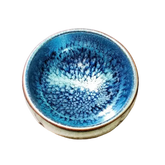


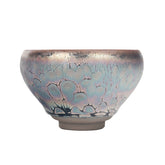
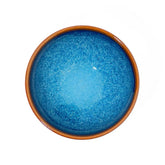
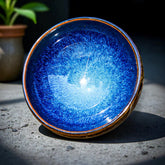
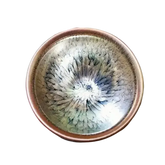
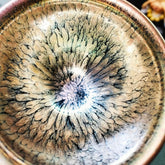
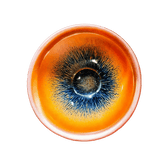

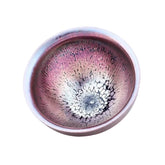


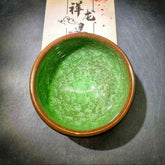
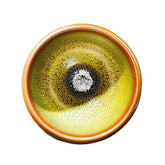
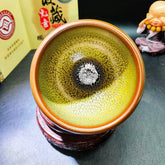
Leave a comment
Please note, comments need to be approved before they are published.